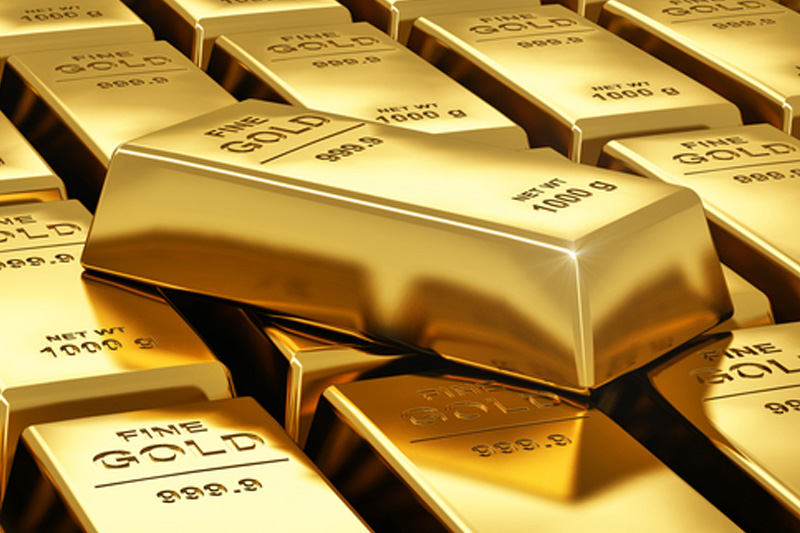Investing.com -- Gold rose considerably on Friday, surging to two-week highs, as the U.S. Dollar fell sharply amid subdued GDP data and a soaring Yen after the Bank of Japan approved modest stimulus measures at a closely-watched meeting in Tokyo.
On the Comex division of the New York Mercantile Exchange, Gold for December delivery traded between $1,335.45 and $1,357.95 an ounce before settling at $1,357.55, up 16.35 or 1.22% on the session. Gold ended July on a four-day winning session, rising more than 2.5% for the month. Since opening the year around $1,075 an ounce, Gold has soared approximately 25% year to date and is on pace for one of its strongest years in a decade.
Gold is now trading near 28-month highs from mid-July after market players piled into the precious metal in broad risk-off trade following the shocking decision from voters in the U.K. to leave the European Union on June 24.
Gold likely gained support at $1,253.70, the low from June 24 and was met with resistance at $1,376.40, the high from July 7.
Citing an uncertain outlook in global financial markets and expectations for a slowdown in emerging economies stemming from last month's Brexit decision, the BOJ approved moderate stimulus measures at Friday's monetary policy meeting. While the Japanese Central Bank took some action on Friday by upping the level of ETF purchases from ¥3.3 to 6 trillion, the BOJ largely fell short of market expectations for further interest rate cuts and expanded Quantitative Easing. In a 7-2 vote, the BOJ held its deposit rate at Minus-0.1% and maintained its monetary base target at ¥80 trillion. Consequently, USD/JPY immediately crashed more than 2.5% in overnight trading, before falling to an intraday-low of 102.12, its lowest level in nearly three weeks.
"The Bank will continue with (QE) with a Negative Interest Rate," aiming to achieve the price stability target of 2 percent, as long as it is necessary for maintaining that target in a stable manner," the BOJ said in a statement. "It will examine risks to economic activity and prices, and take additional easing measures in terms of three dimensions -- quantity, quality, and the interest rate -- if it is judged necessary for achieving the price stability target."
Elsewhere, the U.S. Bureau of Economic Analysis (BEA) said Friday that preliminary GDP for the second quarter rose by 1.2%, far below consensus estimates of 2.6%. It came as inventories nationwide fell for the first time since 2011, offset somewhat by robust levels of consumer spending. For the three-month period, consumer spending rose by 4.2% -- more than doubling first quarter growth of 1.6%.
The U.S. Dollar Index, which measures the strength of the greenback versus a basket of six other major currencies, fell more than 1% on Friday to an intraday low of 95.67. The index is on pace for its fifth straight losing session after hitting four-month highs at 97.62 on Monday.
Dollar-denominated commodities such as Gold become more expensive for foreign purchasers when the dollar appreciates.
Silver for September delivery gained 0.160 or 0.77% to 20.353 an ounce.
Copper for September delivery added 0.13 or 0.57% to 2.22 a pound.
